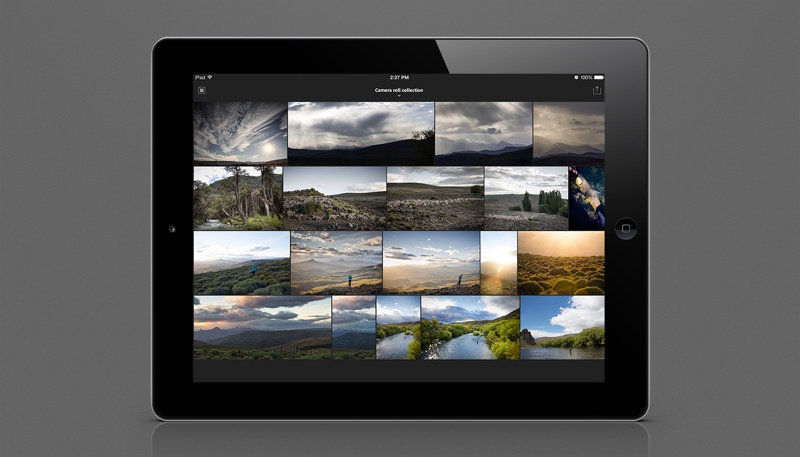
Textures lose their crispness, intricate color gradations become muddy, and skin takes on an artificially smooth appearance.


Standard noise-reduction techniques smooth out the specks and grain associated with high-ISO files at the cost of fine detail. Lightroom’s AI-powered Denoise, on the other hand, gives you great results by doing most of the heavy lifting for you – all while adding some benefits you can’t get with the program’s traditional tools.
#Online lightroom manual#
Longtime Lightroom users might be feeling a bit of déjà vu right about now after all, hasn’t the program had the ability to remove noise from high-ISO images for years? And it’s true: Tucked away in the Details pane of the Develop panel, a half-dozen sliders let you take manual control over your noise reduction using options like Luminance, Color, Detail, Contrast, and Smoothness.īut though it’s possible to get decent results with these sliders – with enough practice and a healthy dose of patience – they take a fair amount of time to master, and they certainly don’t offer a streamlined workflow. What is Lightroom’s AI-powered Denoise tool? While there are a few caveats to bear in mind, it’s certainly worth trying and could easily become a central component of your post-production workflow. In this article, I offer a deep dive into Lightroom’s most effective noise-reduction tool to date, and I offer my thoughts on its benefits and drawbacks. And it’s all through a simple and straightforward interface that’s easy enough for beginners to handle but powerful enough for professionals. Looking to get the most out of your high-ISO photos? Lightroom’s AI-powered Denoise is a brand-new feature that uses the capabilities of artificial intelligence to reduce noise and grain while simultaneously keeping details intact.


 0 kommentar(er)
0 kommentar(er)
